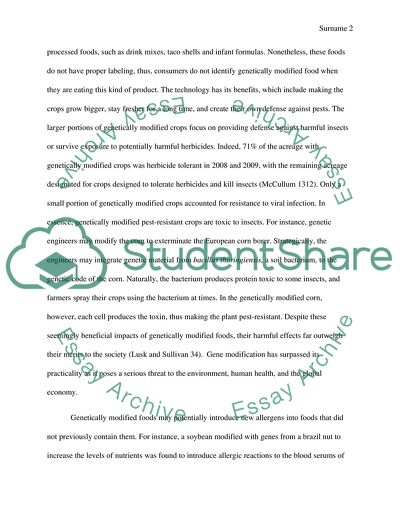Cite this document
(Genetically Modified Food Coursework Example | Topics and Well Written Essays - 1500 words, n.d.)
Genetically Modified Food Coursework Example | Topics and Well Written Essays - 1500 words. https://studentshare.org/biology/1774865-the-production-of-genetically-modified-food-should-be-encouraged-discuss
Genetically Modified Food Coursework Example | Topics and Well Written Essays - 1500 words. https://studentshare.org/biology/1774865-the-production-of-genetically-modified-food-should-be-encouraged-discuss
(Genetically Modified Food Coursework Example | Topics and Well Written Essays - 1500 Words)
Genetically Modified Food Coursework Example | Topics and Well Written Essays - 1500 Words. https://studentshare.org/biology/1774865-the-production-of-genetically-modified-food-should-be-encouraged-discuss.
Genetically Modified Food Coursework Example | Topics and Well Written Essays - 1500 Words. https://studentshare.org/biology/1774865-the-production-of-genetically-modified-food-should-be-encouraged-discuss.
“Genetically Modified Food Coursework Example | Topics and Well Written Essays - 1500 Words”. https://studentshare.org/biology/1774865-the-production-of-genetically-modified-food-should-be-encouraged-discuss.


